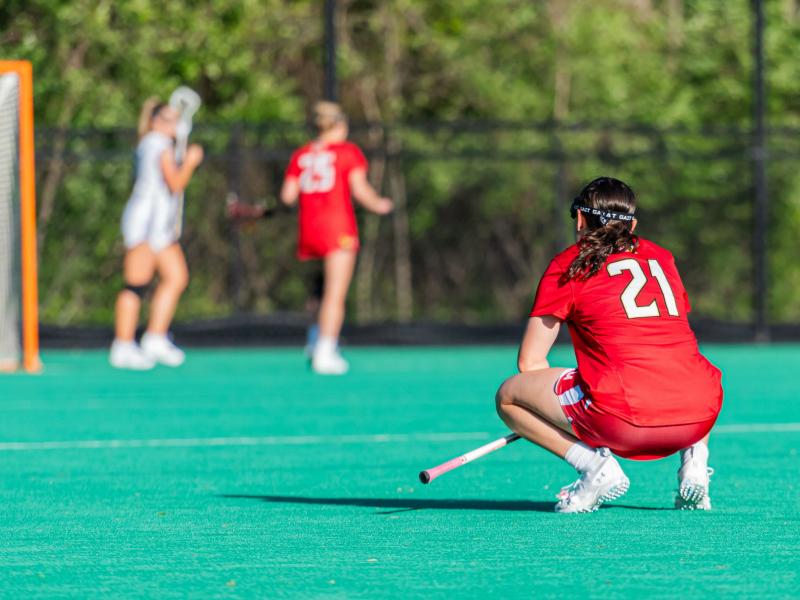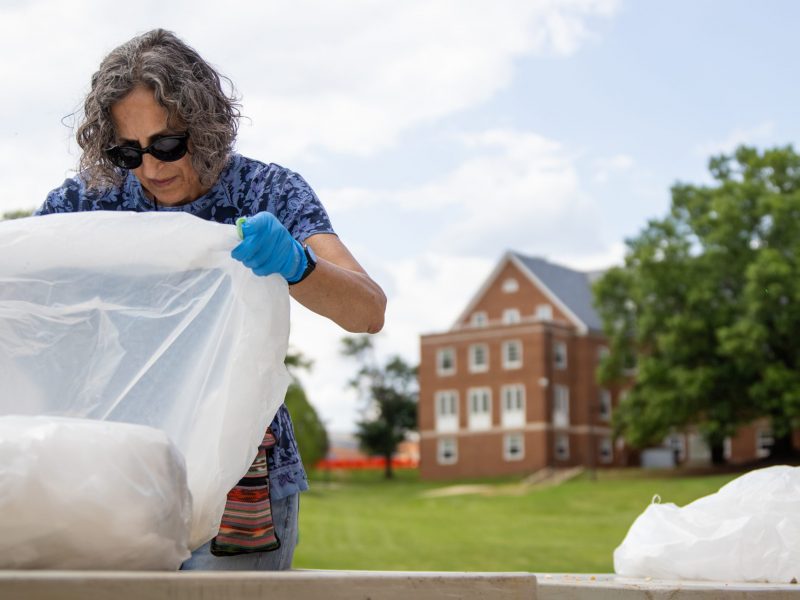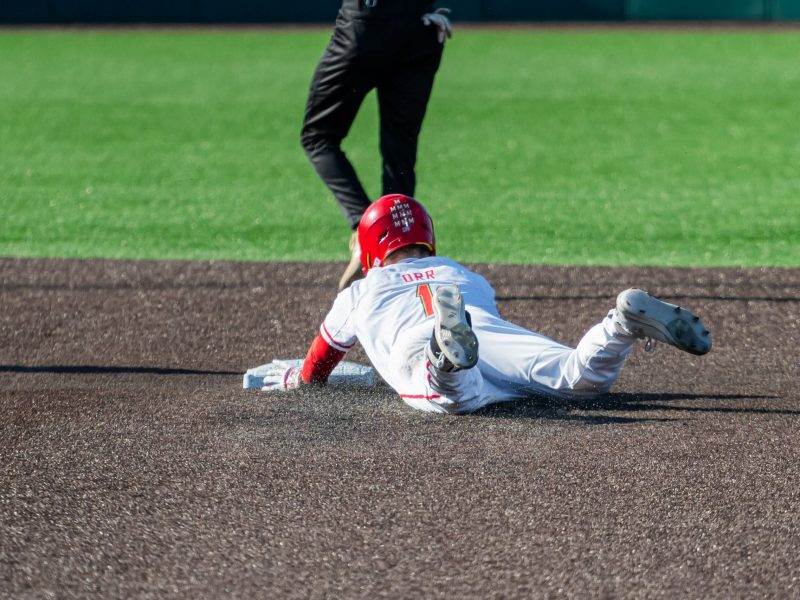From the looks of the many fenced-off construction projects cropping up across the campus, Facilities Management officials have their hands full, but they’re showing no signs of letting up.
Officials are working on the latest version of the Facilities Master Plan, and it’s chock-full of initiatives in line with the university’s sustainability goals, including improving the campus landscape, adding more bike paths and increasing the use of public transportation.
The plan, which is updated every five years and is scheduled to come out in September 2011, will be Facilities Management’s guiding document for the next two decades and determines the types of construction projects that will occur on the campus.
The last update, in 2007, focused on Facilities Management’s more basic duties, such as choosing sites for new buildings and renovating existing ones.
About three years ago, the campus was designated for an arboretum for a botanical garden, so officials decided to capitalize on that project and devote resources to improve the campus’ appearance, Associate Vice President for Facilities Management Frank Brewer said.
Brewer also said Facilities Management will focus on making the campus more biker-friendly, because he said students and faculty members often complain it is difficult for bikers to find safe paths or enough bike racks.
“Biking hasn’t really been a part of the culture at Maryland because we don’t have enough paths, racks or storage areas,” he said. “We’re going to work hard on that because we believe that many more of our students and staff will use their bikes if we’re more biker-friendly.”
Facilities Management is also on the lookout for areas to plant more flowers and shrubs to make the campus more attractive, as well as areas to add more trees to expand the university’s tree canopy.
“We want it to connect with regional canopies, which provides routes for wildlife to move throughout the region,” Brewer said.
The landscape projects will also focus on improving the university’s performance as a stakeholder in the Anacostia watershed, so officials will be working together to install more projects with the Low Impact Development Center, Inc. — a non-profit organization that aims to protect water resources — to improve the quality of the campus’ runoff water.
Both the landscape improvements and transportation initiatives address the university’s larger goal of creating the most environmentally sustainable campus possible.
Brewer said officials are gearing most of their transportation efforts toward improving Shuttle-UM buses and Metro buses so students, staff and faculty will view public transportation as a more appealing option. The goal is to make public transportation as convenient and attractive as possible to reduce automobile traffic on the campus.
“We’re hoping to increase the frequency of the buses, so instead of running every 20 minutes, they’d run every 10 or 15 instead,” he said. “We’re going to try and align our shuttle bus routes with where students live.”
Many Department of Transportation Services buses are hybrids, and Brewer said hopefully the university will add more over the next several years.
The update is on track to be completed by summer and ready for presentation to the Board of Regents for approval next fall.
abutaleb at umdbk dot com


